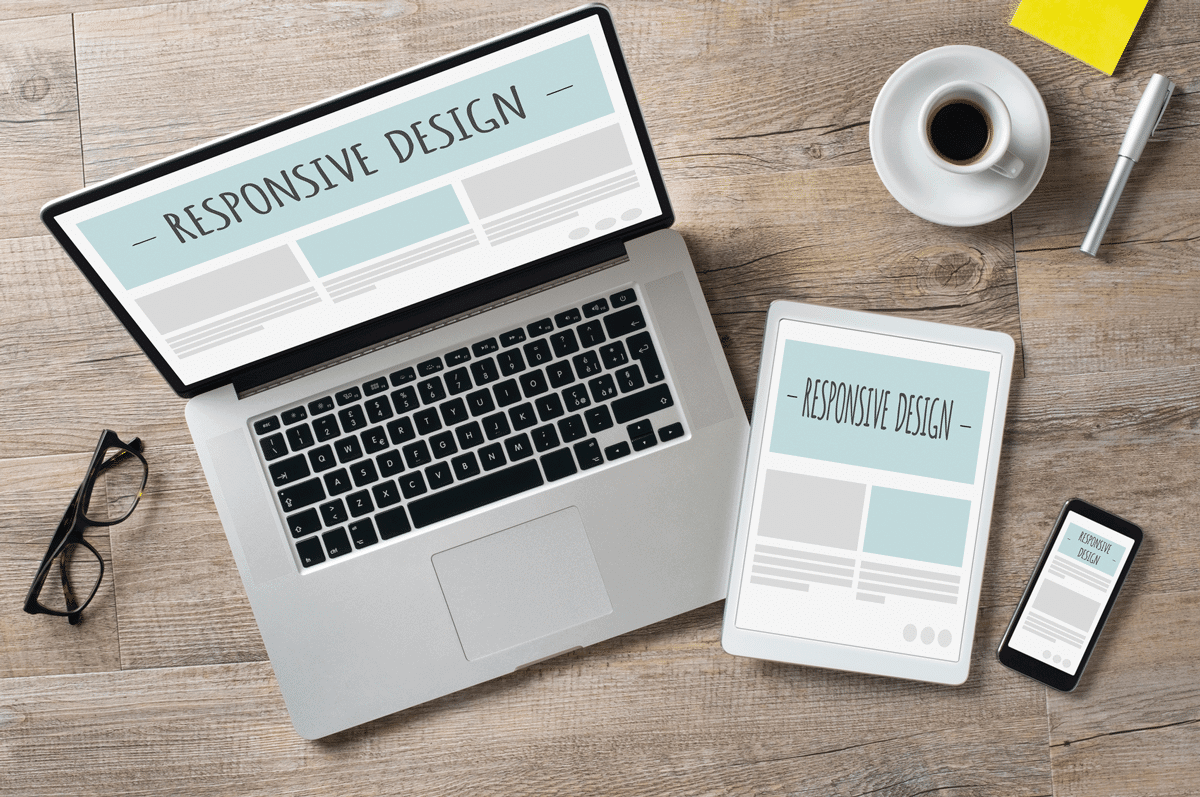What is the difference between responsive design and mobile-optimized?
Most people who set out to create a mobile friendly site face two options: should they create a special version of their site that will load only for mobile devices? Or should they design their site to easily scale no matter where it’s viewed? We consider the first of these options to be mobile-optimized, and the second as responsive design.
We’ve written in the past about the importance of having a website with a responsive design. The bottom line is that, in this day and age, most people are accessing your site via some form of mobile device, and if you don’t support that, you not only look unprofessional, but you are also liable to lose a lot of traffic and will probably damage your SEO rankings in the process. Both responsive design and mobile-optimized design can help you here, but both come with some pros and cons.
Is mobile-optimized good enough?
Most mobile-optimized designs offer users a slimmed-down version of the site. They cut down on some of their content to prioritize the information they deem to be the most essential. For many users, this is sufficient, but if you’ve ever tried to access a site from your phone and not been able to find the information you’re looking for, you understand how frustrating the experience can be.
On the other hand, stripped-down websites load faster. This makes them more friendly for those accessing with a slow connection or who have a limited data plan.
How does responsive design compare?
Responsive designs are easier to implement in that they don’t require you to re-think your content strategy. They nicely resize depending on the device, making them a wonderfully flexible option. Also, you avoid the earlier conflict of having a mobile version of your site that’s missing some of information.
However, if you have a lot of content on your full site, your mobile users could find it difficult to navigate. What tradeoff do you want to make? Will your users be more frustrated by TMI, or by not being able to find what they came for?
Make the decision that’s best for your user
Between responsive design and mobile-optimized, the best solution is whatever will benefit your user most. And of course, this will vary depending on who you are and who your audience is. Whichever option you choose, you will benefit from taking time to think through your information architecture to be sure your users can find their way around.
